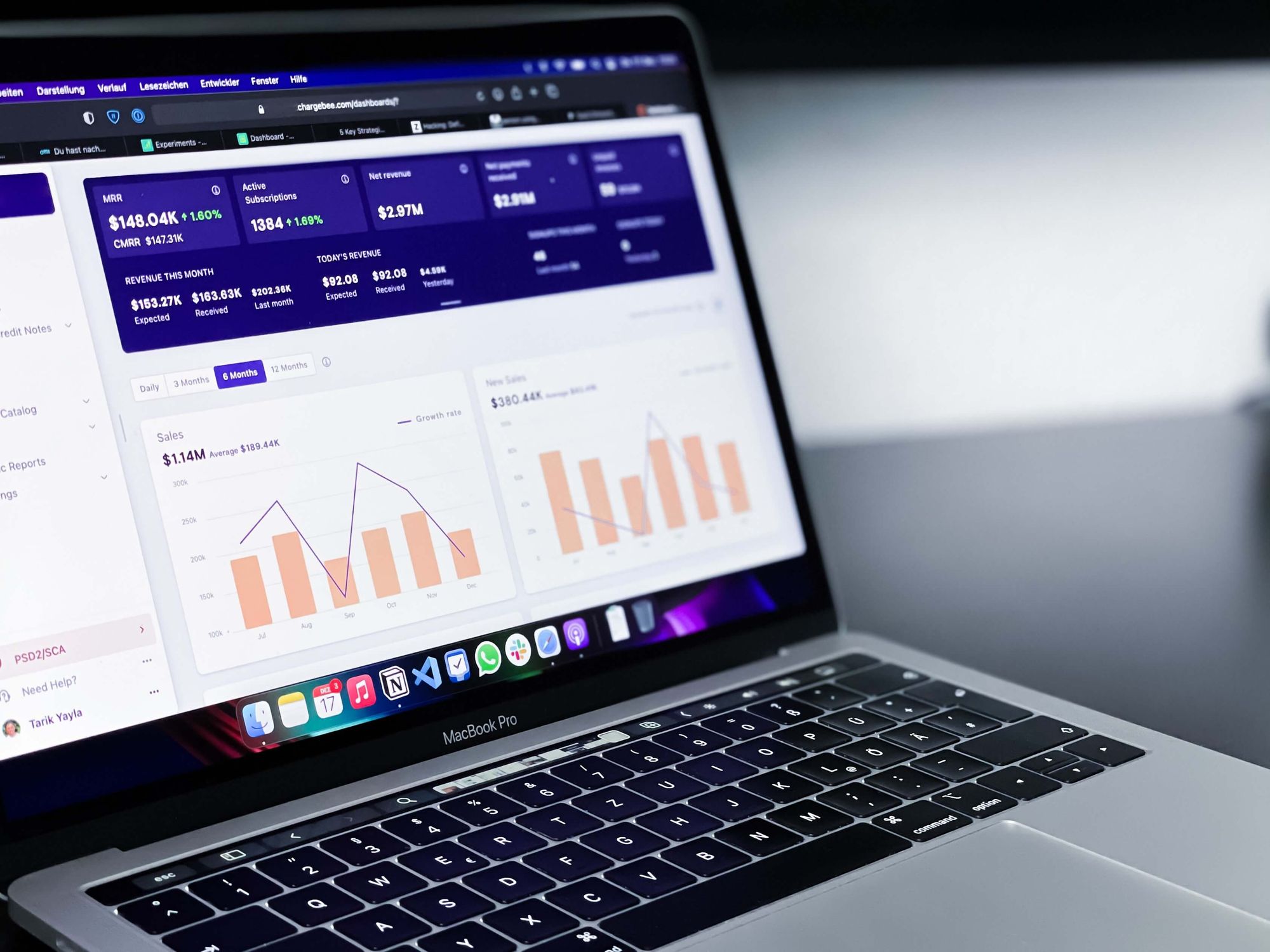Competitive intelligence has always been an incredibly important part of the product marketing process, for many positive reasons.
For example, it allows product marketing managers to spot gaps in the market, stay ahead of the competition, recognize where they can improve their products and services, and ultimately meet demand and price accordingly.
Competitive pricing intelligence falls under this bracket, and for the same reasons. It can be an incredibly beneficial tool for product marketers to help increase their customer acquisition and in turn their overall revenue.
In this article, we’ll be delving deeper into the competitive pricing intelligence strategy. 👇
What is competitive pricing intelligence?
Competitive pricing intelligence, or pricing intelligence, is a strategy used by organizations to track the price and performance of competing products on the market to determine how to make informed pricing decisions.
Why is competitive pricing intelligence important in product marketing?
Competitive pricing intelligence is important because the market is constantly evolving, and having the correct or incorrect price has a direct impact on sales and profitability.

Customers aren’t going to buy more than one similar product if they can help it, so you want to ensure that your product is affordable for the customer, but is also bringing in increased revenue and profit for the organization.
With insights into where their product price sits in comparison to others in the marketplace, organizations can respond quickly with price changes to be more appealing to target consumers, attempt to accrue a wider customer base and, in turn, increase revenue.
For example, if an organization discovered that multiple competing products had an increased, prestige pricing point, they could then implement discounts or lower pricing offers that could ultimately draw in more customers and increase their sales and profits despite having a lower product price.
Not only this, but competitive pricing intelligence can help with the alternative issue. An organization could realize when comparing other pricing points that they’re underpricing their product.
This would then allow for a price increase opportunity, which, of course, would give the organization a better chance to increase their incoming revenue.
April Samuelson, Product Marketing Director at Zift, said,
“I actually changed my company's entire pricing structure based on competition. Found out 1. Our competitors did a much better job talking about the price because of simpler pricing structures whereas we seemed weird and mysterious and 2.
“Our list price was nearly double the average of the market. We now lose about only 7% of deals because of price and our sales folks don't have to discount as much to close deals since we match up with the market.”
How to optimize your pricing intelligence strategy
There are many elements to a strong pricing intelligence strategy that you must look out for when incorporating it into your own product marketing plan. Here are some to look out for.
Identify your competitors
The first step is to identify the competitors you need to benchmark your pricing against. As your competitors will vary and won’t necessarily be equal to each other with the importance and influence they have over your business, it’s important to establish which competitors should take priority in your competitive pricing intelligence strategy analysis.
Prices change on each platform depending on the overall demand from the platform’s customer base, even if it’s for the same product or service. So, you’ll also need to check which competitors come from which platform/channel that you’re marketing on, whether this is online, in-store, or both.
With this knowledge, you’ll be able to identify how you need to change your pricing depending on the platform’s typical prices, and what your customers are willing to pay for it.

Gather your pricing intelligence data
There are multiple ways in which you can receive this data. One thing that many competitive intelligence professionals agree on is that relying on public information won’t differentiate you from your competitor, so a good strategy is to collect information that isn't publicly available.
April Glosser, President and CEO of Thrive Market Intelligence said: “If you stop where everyone else stopped, you’re not gonna build a strategy different from what anyone else could’ve created.”
So, we gathered some pieces of advice from competitive intelligence experts on the kinds of approaches you should consider taking for gathering your pricing intelligence data.
“You can get [competitive intelligence] through win/loss interviews with buyers. We do that successfully for a number of clients as a value add to the other things they look to find through this research.” – Brady Jensen, Strategy Consultant at Aggregate Insights
“If you're using Gong to record sales calls, search in there for keywords on competitors; reps don't always feed this info back, but you'd be surprised how many prospects mention their current pricing in a sales call.
“Win/loss interviews are my favorite source; while people are usually reticent to reveal a competitor's price, we have had success asking an 'order of magnitude' type question. Were we way higher, a little higher, about the same, a little lower, way lower? Then we plot those over time to start triangulating a fuzzy picture of price.
“Finally, there are 3rd party mystery shopping firms who can do this work (and do it ethically).”
Amelia Carry, Chief of Staff, Commercial Marketplace at Microsoft
“Asking prospects and customers to land on a price is a much better approach, but will require you to ask questions differently. Instead of directly asking how much they're willing to pay, ask the following series of questions:
How much is too expensive that they would never buy?
How much is getting expensive but they would still buy?
How much is a bargain for what they would absolutely buy?
How much is too cheap that they question the quality of the solution?
“This will land you in a good price range for your new offering.” – Vincent Lo, Head of Product Marketing at Spokn
“Aside from sales reps, you can learn price points from analysts. If you have good relationships, you can get an idea of the average deal size. Which most of the time is what you are looking for in terms of intel.” – Anatolii Iakimets, Senior Product Marketing Manager at Bold
“Using several filters on your google search can yield some pretty surprising results. Stuff like "ACME proposal" or "ACME pricing filetype:pdf" (where ACME is the competitor name) can get you interesting results. In the past, I have been able to find proposals from competitors using this. Also, if you sell to local and state governments, all proposals/bids for tech services are made public on their website so you can also find pricing there.” – Daniel Kuperman, Head of Core Product Marketing & GTM, ITSM Solutions at Atlassian
Identify which pricing strategy would be best for your product or service
The next step would then be to analyze this data and identify which pricing strategy would be best for your product or service and implement it.
Challenges with competitive pricing intelligence
There are some challenges to gathering competitive pricing intelligence that you must take into account before you begin.

The largest challenge is that some methods are considered unethical, or even illegal. This is something that you must deeply research before you continue with your competitive pricing intelligence. Here's a couple that may catch you up:
Secret shopping
Not only does secret shopping only allow you to receive one piece of information – as the one seller would only give you one datapoint – but also, you must be careful to never misrepresent yourself when speaking to a competitor.
Daniel Kuperman, Head of Core Product Marketing & GTM, ITSM Solutions at Atlassian explained,
“First of all, you should never pretend to be a customer if you are a competitor. Not only is it unethical, but it is also illegal. The best ways to get competitive pricing are a) deep web searches (you can find proposals and sales presentations sometimes); b) asking a prospect during a competitive situation; c) ask an existing customer if they know (if you won a deal against a competitor the customer might volunteer the information). One other alternative is to use a competitive research firm; some companies are good at getting detailed and difficult-to-find information.”
Antitrust/collusion/price fixing
Antitrust: There are Antitrust laws in place which ensure that businesses are competing fairly. Many agree that this is an important regulation because it allows for lower prices, higher quality products/services, etc.
“The antitrust laws describe unlawful mergers and business practices in general, leaving courts to decide which ones are illegal based on the specifics of each case.” - Investopedia
So, it’s a very tricky subject, and you must always ensure that you’re following ethical practices to ensure that you’re staying in line with the laws and regulations of competing within the marketplace.
Collusion: Collusion is a secret and usually illegal agreement between competing businesses in an attempt to gain an unfair advantage on the market. That is to say, a group of businesses may agree to price-fix their products so that the customer ultimately has to pay more for a product or service.
Price fixing: As explained above, this is basically when a price is set or determined for a product or service rather than allowing for the price to fluctuate due to the “free market” forces. Price fixing is illegal if it involves collusion among businesses.
Brady Jensen, Strategy Consultant at Aggregate Insights explained his own experience with this challenge:
“Pricing is an interesting one, because the more complete your understanding of a competitor's pricing, the more risk you assume due to Antitrust, and even if you have their price book it doesn't tell you much because if a vendor is obscuring pricing, it's most likely negotiable.
“I once received a complete price book for a competitor that, after talking to general counsel, went straight in the trash. If it could ever be proven that your company raised their price because you found out your competitor's pricing is higher, you are open to that risk. I was very happy when everything we had for competitive intelligence was exposed in discovery for litigation that had nothing to do with my work and my nose was clean.
“Ultimately, I think that win/loss will give you the best view of where pricing actually settles when deals are negotiated and contracts are signed.”
Check out answers to your most frequently asked questions about developer marketing and the Developer Marketing Alliance:






